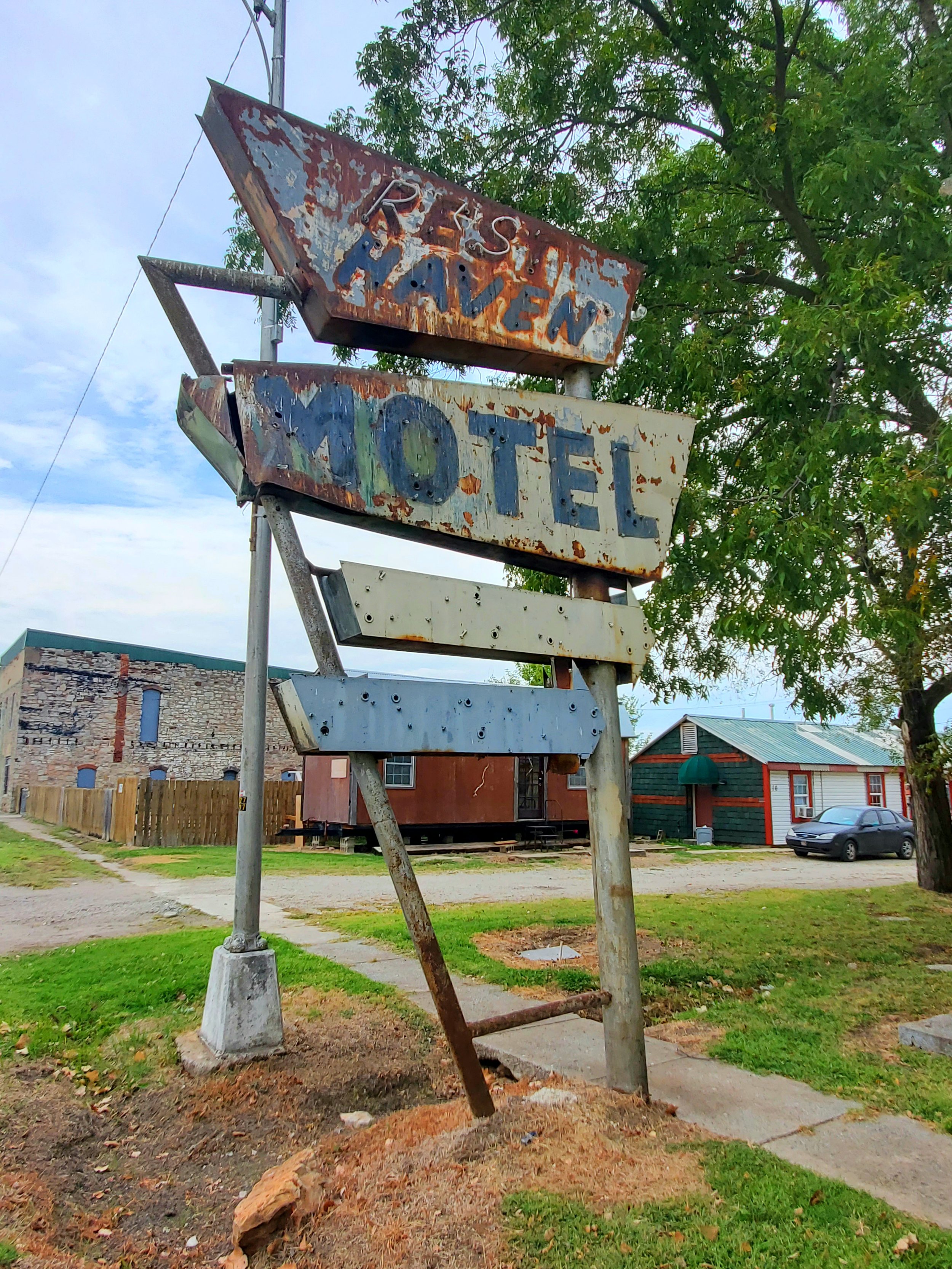Doing The Right Thing
I recently evaluated a study by a third party that, frankly, missed the mark by a wide margin. The study superficially analyzed state-level trends in tourism and the overall economy and applied that information to a very unique region in the state of a proposed new development.
The study began by relying on popular media portrayals of the entire state’s cultural highlights as its base to define market drivers to the site. It was like equating Colorado’s mountain resort and ski culture to a site in the ranch communities of Colorado’s front range and overlooking the diverse realities between the two. The report also inaccurately indicated the county of the subject site one of the fastest growing hotspots in the state. A basic review of 2000, 2010, 2020 county populations, let alone up to date population counts clearly indicate a declining population.
The study also cited the findings of a generic mobile analytics tool, I’ll dub here as "Locator.AI," which identified a trade area based on the point of origination of visitors to the area of the subject property without a deeper analysis in the crucial layers of length of stay, demographics, lifestyles (i.e., wealth), life stage (i.e., age), and consumer buying characteristics. There was no distinction between a truck driver on a long haul stopping for fuel, beef jerky, and a Diet Mountain Dew; a family taking a restroom break at the nearby interstate rest stop, or people visiting the area for outdoor recreation.
Comps of other “similar projects” linked the subject site to upscale resorts located hundreds of miles away. It made unfounded assumptions that luxury resort-goers would visit this new development, with no evidence to support such claims. This leap of logic was not only bold but baseless.
“Comps of other “similar projects” linked the project site to upscale resorts located hundreds of miles away.”
The concluding financial projections based on the assumptions of loan-to-value ratios at 60%, interest rates at 7.5%, and a capitalization rate of 9.5% were on point. However, the construction cost estimates were skyscraper-high, more akin to bustling urban centers than this rural locale. The projected costs could never be supported by the income projections provided—a critical misstep the researcher should have known from the start.
Ultimately, this study should have been a no-go from the start, given the assumptions.
But to be fair, designers, economists, planners - all consultants - are challenged when a ready to pay client with a vision wants a professional to bring a concept to life on paper and support it with research and financial models that we know won’t work from the onset.
The right thing to do is decline the assignment under a conventional template driven approach, but much better to offer a deep on-the-ground approach; a local-based discovery, and a search for unpredictable opportunities through real-world exploration that may truly define a place's potential in face of hard economic realities.

